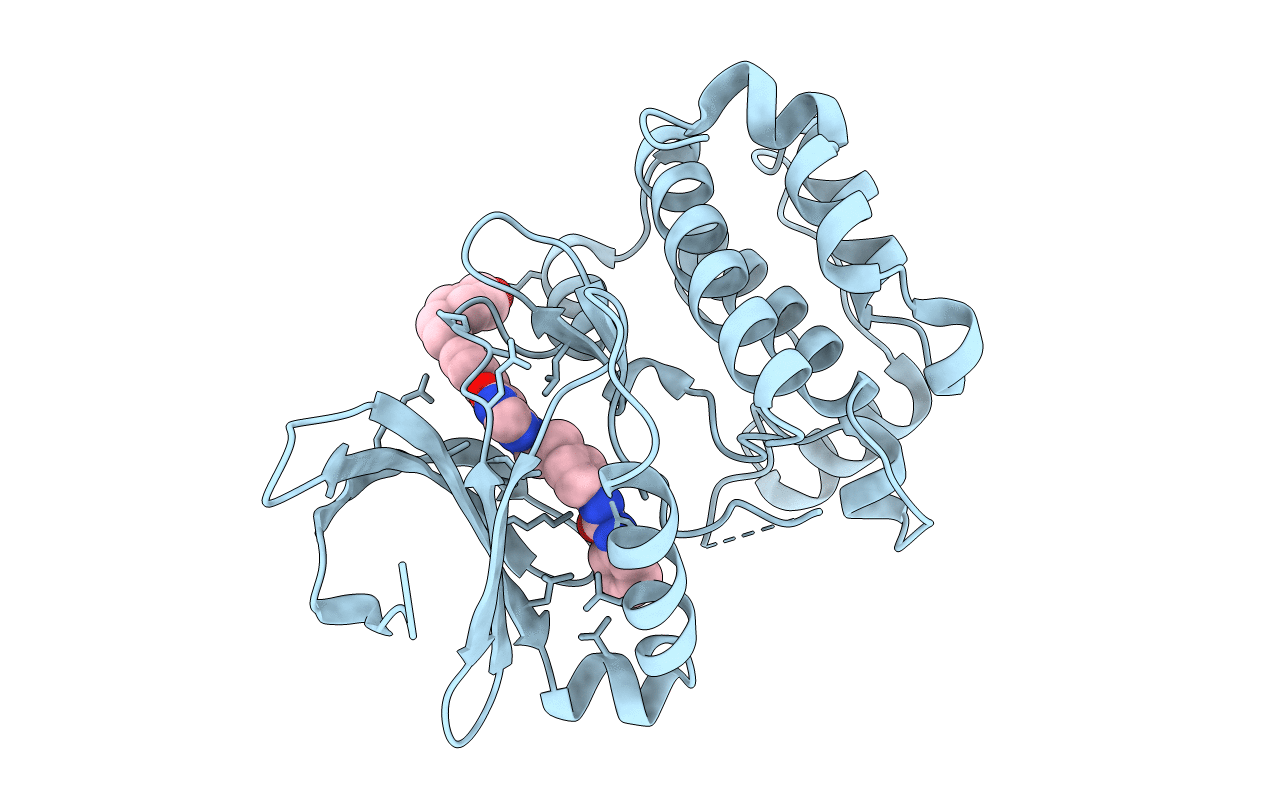
Deposition Date
2013-02-20
Release Date
2013-06-05
Last Version Date
2024-03-20
Entry Detail
PDB ID:
4JBP
Keywords:
Title:
Novel Aurora kinase inhibitors reveal mechanisms of HURP in nucleation of centrosomal and kinetochore microtubules
Biological Source:
Source Organism:
Homo sapiens (Taxon ID: 9606)
Host Organism:
Method Details:
Experimental Method:
Resolution:
2.45 Å
R-Value Free:
0.29
R-Value Work:
0.22
R-Value Observed:
0.22
Space Group:
P 61 2 2


